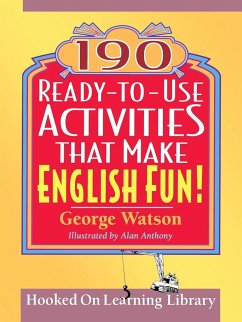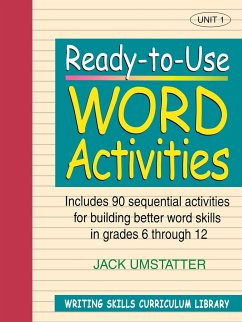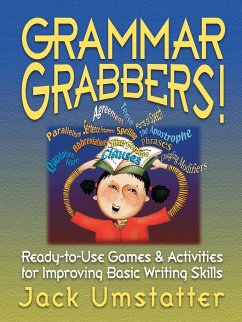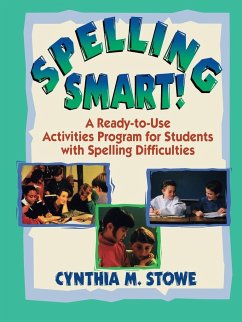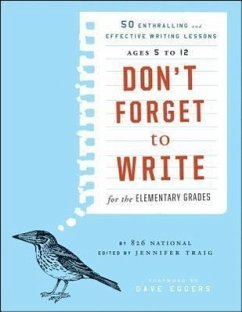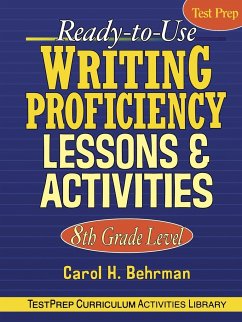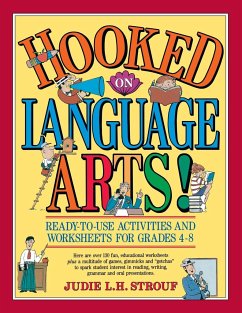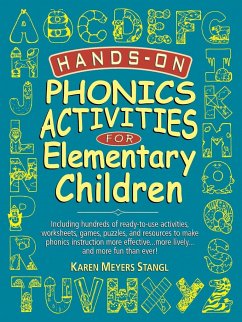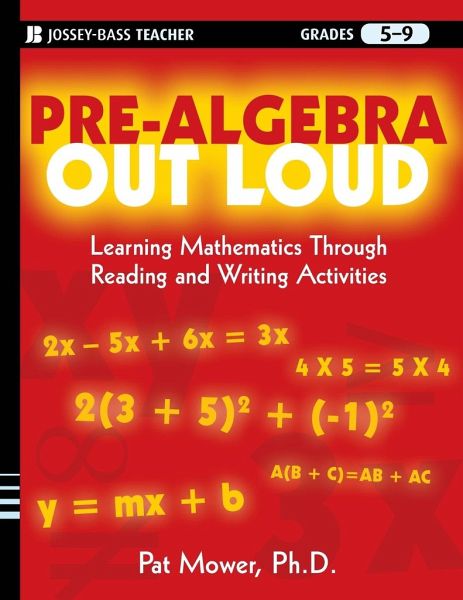
Pre-Algebra Out Loud

PAYBACK Punkte
11 °P sammeln!
An essential guide for teaching students in grades 5-9 how to write about math Learning to read and write efficiently regarding mathematics helps students to understand content at a deeper level. In this third book in the popular math 'Out Loud' series, Mower provides a variety of reading and writing strategies and activities suitable for elementary and middle school pre-algebra courses, covering such key skills as integers and exponents, fractions, decimals and percents, graphing, statistics, factoring, evaluating expressions, geometry and the basics of equations. * Includes dozens of classro...
An essential guide for teaching students in grades 5-9 how to write about math Learning to read and write efficiently regarding mathematics helps students to understand content at a deeper level. In this third book in the popular math 'Out Loud' series, Mower provides a variety of reading and writing strategies and activities suitable for elementary and middle school pre-algebra courses, covering such key skills as integers and exponents, fractions, decimals and percents, graphing, statistics, factoring, evaluating expressions, geometry and the basics of equations. * Includes dozens of classroom tested strategies and techniques * Shows how reading and writing can be incorporated in any math class to improve math skills * Provides unique, fun activities that will keep students interested and make learning stick This important guide offers teachers easy-to-apply lessons that will help students develop a deeper understanding of mathematics.





